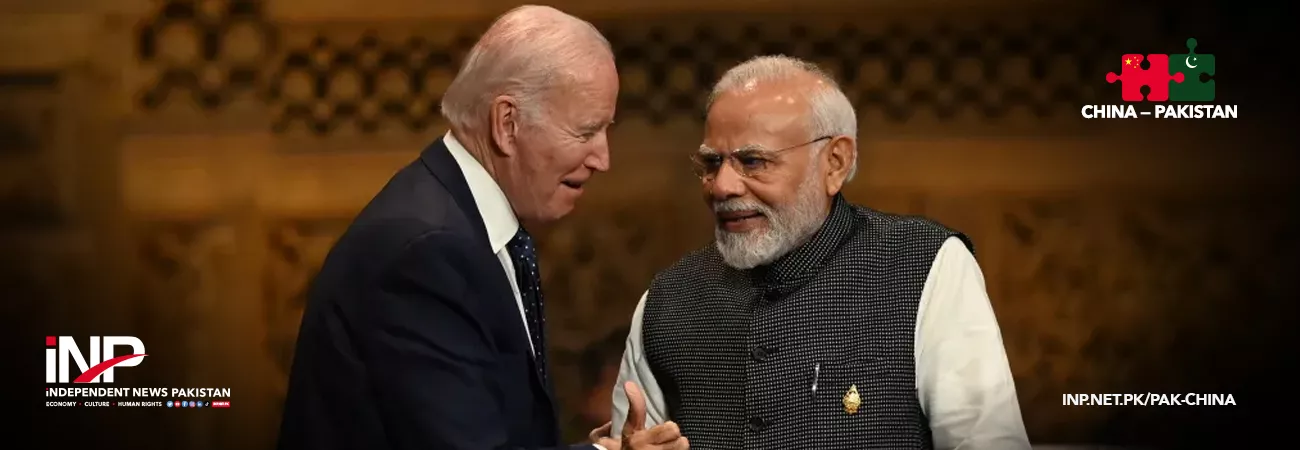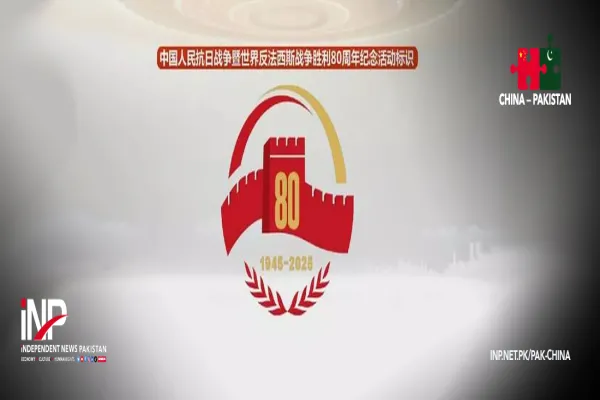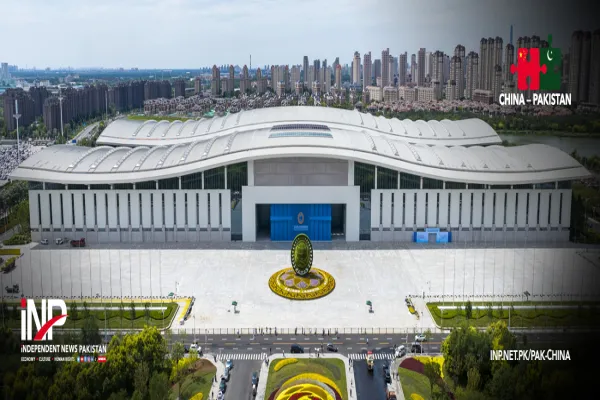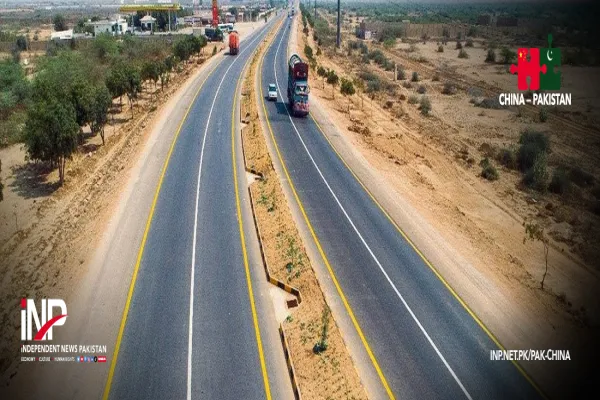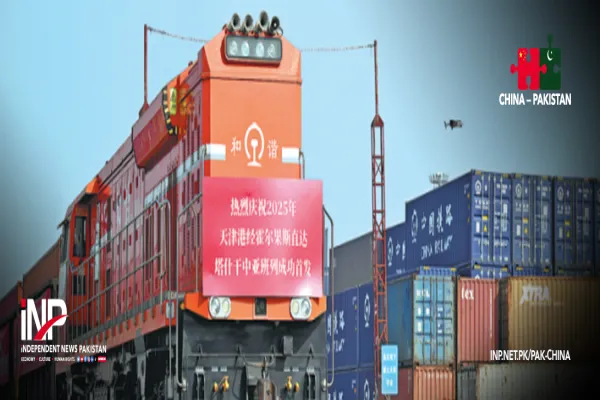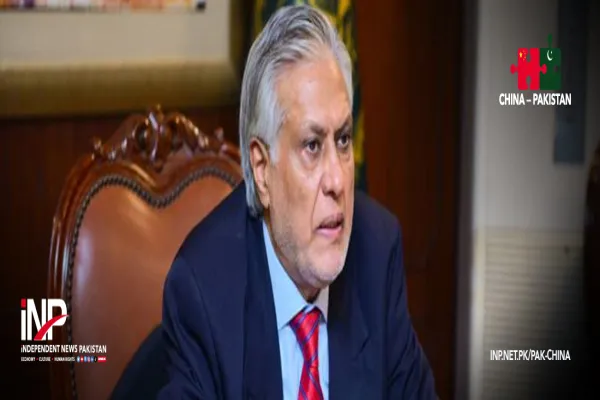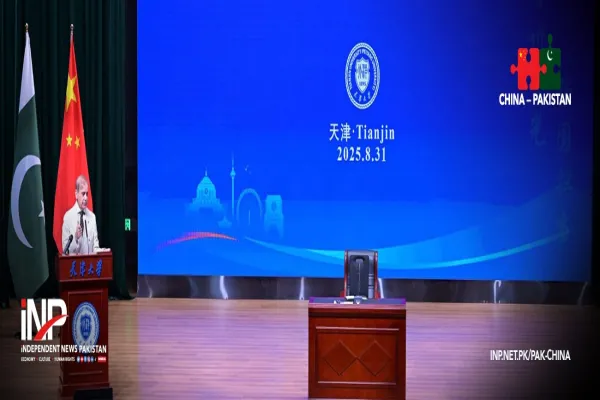i NEWS PAK-CHINA
Biden administration is showing all kind of pomp and splendor for Indian Prime Minister Modi’s first-ever state visit to the United States, which includes an address to the joint session of Congress and a state dinner, is being apparently, the Biden administration, in a desperate attempt to allure Modi, is going extra mile to give the impression of its exceptional importance for India. The Biden administration appears to be actively courting PM Modi, with the aim of forging a robust front to confront China's ascending influence on the global stage and to create a wedge between New Delhi and Moscow, according to a report carried by Gwadar Pro on Thursday.
Washington is sparing no effort to portray India as an “indispensable friend” in the current geopolitical landscape. But this extraordinary endeavor by the United States is likely to further complicate the current global power equilibrium – economically and politically. During Modi’s visit, in addition to a series of lavish defense and tech deals, including the purchase of some MQ-9B Predator drones, many agreements on semiconductor chips and fighter jet engines manufacturing collaboration are expected to be sealed.
The strategic goals of the Biden administration are twofold: firstly, to forge a robust tapestry of interconnected defense, technological, and trade alliances with India, thereby presenting a tangible counterweight to China's ever-expanding clout in the Indo-Pacific sphere. Secondly, the administration aims to sow seeds of uncertainty and estrangement in the chronic relationship between Russia and India. However, the Biden administration's pursuit of these objectives is fraught with complexities and potential pitfalls.
The intricate web of challenges and potential obstacles that lie ahead for American strategy of enticing India are too big. Beyond the symbolism and ceremonial gestures, the Biden administration has a strategic interest in drawing India closer within its manufacturing and defense sphere, a move that is targeted at reduction in New Delhi's dependence on Russian military equipment but also to facilitate the diversification of American supply chains away from China. During the Trump era, the United States generously granted India the Strategic Trade Authorization Tier 1 (STA-1) status.
This strategic move effectively facilitated the seamless export of cutting-edge high technology products from American companies to their Indian counterparts. Under the Biden Administration, this high technology partnership has further deepened - as evidenced by the implementation of crucial policies. Among them, the initiative on Critical and Emerging Technology, jointly spearheaded by the National Security Advisors of both nations, is of strategic nature.
Additionally, the reinvigoration of the US-India Strategic Trade Dialogue, focusing on the controlled export of dual-use items, further underscores the mutual commitment to robust cooperation in the realm of advanced technology. Ironically, majority of American policy makers think that if New Delhi were to weaken its ties with Moscow, it would inadvertently strengthen the bond between two “adversarial” powers: China and Russia and this scenario would inversely lead to India's augmented reliance on the United States, potentially diverting resources from developmental priorities to defense expenditures. These hawks in the Biden administration, though frustrated over India's oil purchases from Russia and its precarious balancing act on the Ukraine conflict, believe that India is the most viable option to counter China in the Indo-Pacific. Modi's visit is being granted a distinct and exceptional treatment for precisely these reasons.
Over the past decade, the United States and India have witnessed a visible transformation in their relationship, characterized by numerous avenues of engagement. The strategic dialogues between the two nations encompass a range of initiatives, such as the Quad (involving Japan and Australia), I2U2 (including Israel and the United Arab Emirates), the 2+2 Dialogue featuring defense and foreign ministers, the Defense Policy Group (DPG), and the critical and emerging technologies (iCET) initiative led by National Security Advisors.
Furthermore, there exist numerous forums for trade policy, commercial dialogue, economic and financial partnership, strategic trade, and CEO interaction like the Strategic Clean Energy Partnership, Higher Education Dialogue, and India's participation in three out of the four pillars of the Indo-Pacific Economic Framework (IPEF). The China factor is perhaps the most compelling component of the existing love affairs between Washington and New Delhi. In its National Security Strategy document released in last October, the Biden administration expressed its strategic intent towards India in these words: “As India is the world’s largest democracy and a Major Defense Partner, the United States and India will work together, bilaterally and multilaterally, to support our shared vision of a free and open Indo-Pacific.” PM Modi's visit to Washington is a crucial component of the strategic vision outlined in the NSS.
Prime Minister Modi's glitzy state visit undoubtedly enhances his standing in domestic politics. However, it also exposes a significant foreign policy conundrum: how to manage the delicate balancing act between cozying up to Washington while navigating reservations and estrangements from Beijing and Moscow, with whom India maintains vital economic and military dependencies. Modi finds himself grappling with the complexities of aligning with the United States while ensuring that India's relationships with other key players remain intact. This predicament highlights the challenges of maintaining a nuanced foreign policy, where the pursuit of one alliance may strain ties with others. The state visit underscores the intricate web of dependencies that India must skillfully negotiate, walking a tightrope between competing interests and potential repercussions. As Modi embarks on this high-stakes diplomatic dance, the true test lies in striking a delicate balance that preserves India's strategic autonomy while advancing its economic and political interests.
Information in this article comes from third party providers. This website does not provide explicit or implied warranty for such information and is not liable for any losses directly or indirectly caused by using such information.
Credit : Independent News Pakistan-INP



